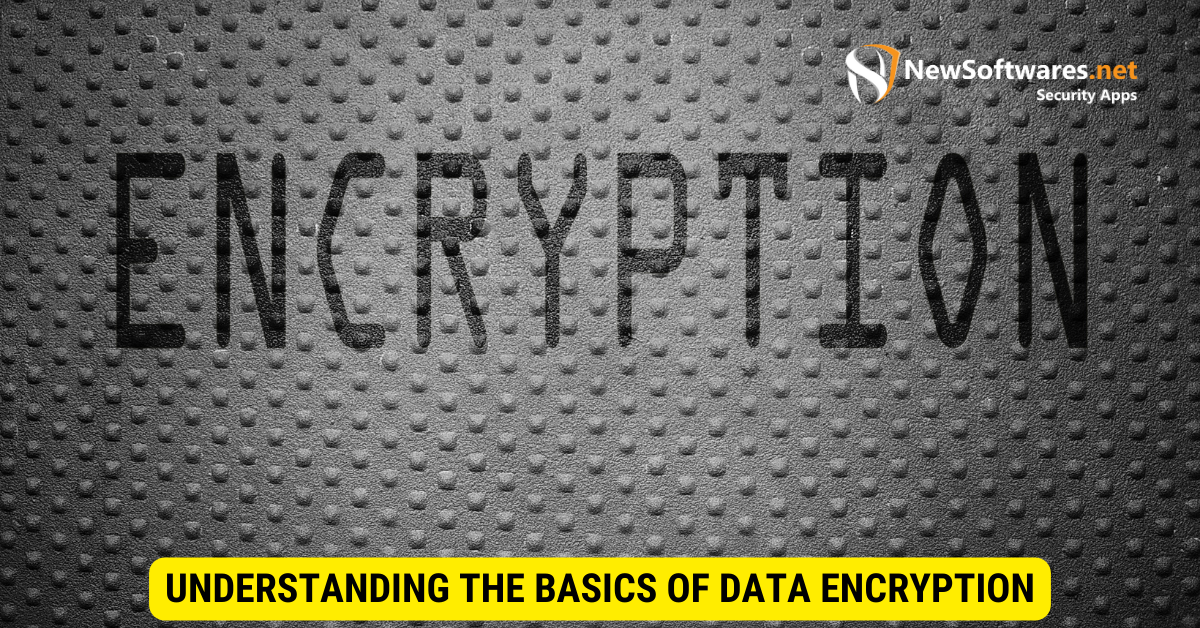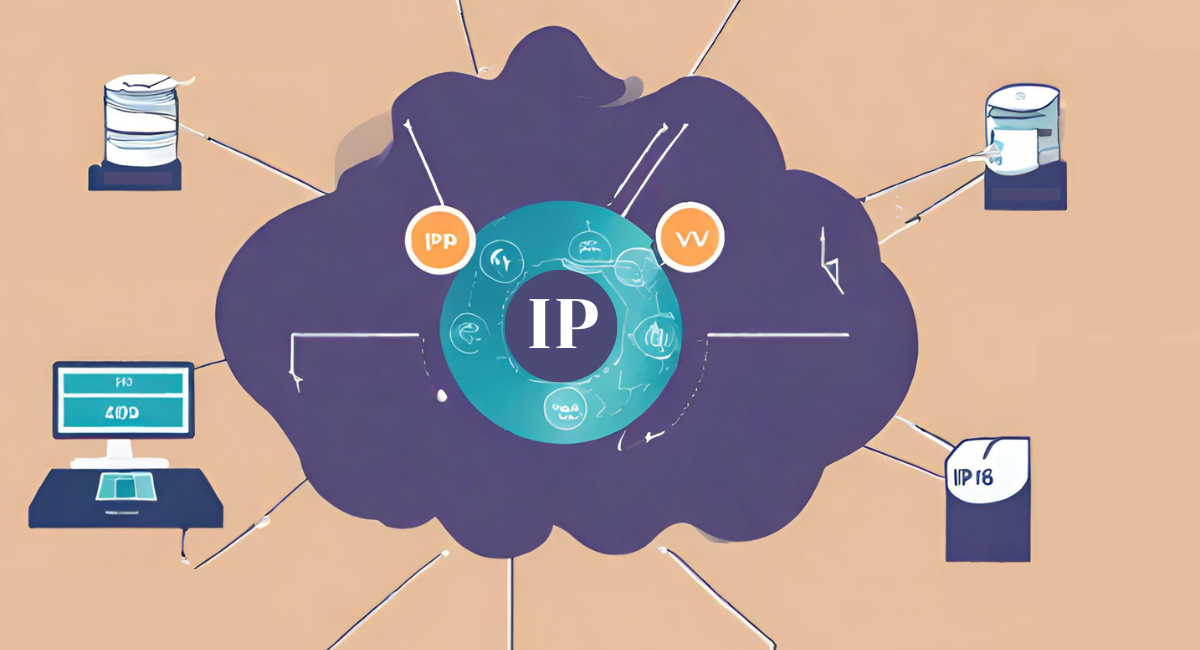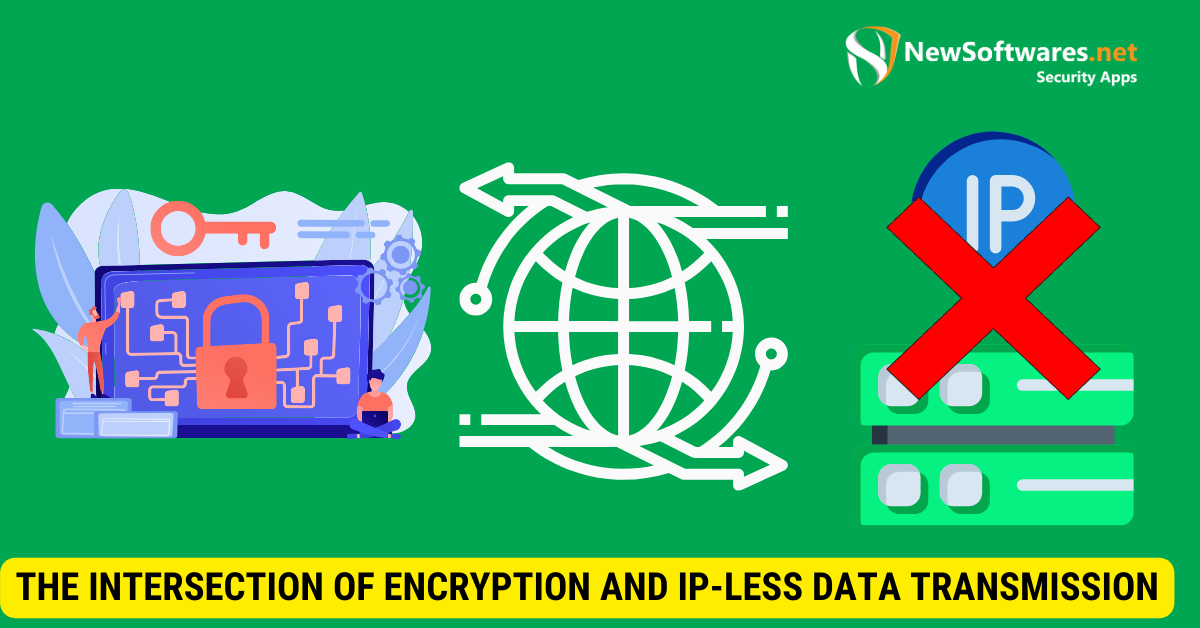Yes, sending encrypted data without an IP address is possible. This innovative approach, often referred to as “IP-less data transmission,” relies on cutting-edge technologies such as Named Data Networking (NDN), Software-Defined Networking (SDN), and peer-to-peer (P2P) networks. These technologies enable secure communication between devices without the traditional reliance on IP addresses, opening up new possibilities for data privacy and efficiency in transmission. While challenges are to overcome, including the need for new infrastructure and protocols, ongoing research and innovation pave the way for a future where IP-less data transmission becomes a reality.
In our current digital era, the safety and confidentiality of data have risen to be primary concerns for both individuals and institutions. Given the escalating cyber intrusions and data leaks, investigating novel methods to protect critical data is essential. An interesting idea surfaced is transmitting encrypted data devoid of an IP address. But can this truly be realized? We will probe into the fundamentals of encrypting data, the significance of IP addresses during data transfer, the notion of transmitting data without an IP, the overlap of encryption with such IP-less transfers, the obstacles faced, prospective resolutions and advancements, the forthcoming prospects of encrypting data and IP-less transfers, and lastly, culminate with a verdict on the viability of dispatching encrypted data absent an IP address.
Understanding the Basics of Data Encryption

Data encryption is the process of converting plain, readable data into an encoded form that can only be deciphered with the appropriate decryption key. By encrypting data, it becomes unintelligible to unauthorized parties, thereby ensuring its confidentiality.
Data encryption involves using complex algorithms to transform data into ciphertext, making it indecipherable to anyone without the decryption key. Encryption methods vary, but they all aim to protect data from unauthorized access.
A frequently utilized encryption technique is the Advanced Encryption Standard (AES). AES functions as a symmetric encryption method, which uses a consistent key for encoding and decoding. It processes data blocks, undertaking several rounds of replacements, rearrangements, and blending functions to maintain data secrecy. Over time, AES has become the go-to choice for encrypting data across numerous sectors.
The RSA technique is another encryption approach characterized as an asymmetric encryption algorithm. In contrast to symmetric methods, RSA employs two distinct keys: a public one for encoding and a private one for decoding. The public key can be openly shared, allowing anyone to encode information, but the private key remains confidential and designated for decoding purposes. RSA frequently finds its application in ensuring secure transmissions, notably in SSL/TLS protocols that fortify web browsing security.
The Role of IP Addresses in Data Transmission

IP addresses play a crucial role in data transmission. They serve as unique identifiers assigned to devices connected to the Internet. When data is sent over the Internet, it is routed based on IP addresses, allowing it to reach its intended destination.
IP addresses come in two formats: IPv4 and IPv6. IPv4 addresses consist of 32 bits and are displayed as four decimal sets divided by dots (192.168.0.1). But, due to the expansion of the Internet and the surge in connected devices, IPv4 address availability has diminished. Consequently, IPv6 was introduced, characterized by its 128-bit address system, offering a vastly greater range of unique address possibilities.
When information is sent across the Internet, it’s broken down into segments called packets. These packets carry details, including the originating and receiving IP addresses. Routers positioned on the data’s journey utilize these addresses to ascertain the subsequent path for the packet, guaranteeing its delivery to the correct endpoint.
In addition to routing, IP addresses also play a role in network security. Firewalls and other security devices can use IP addresses to filter and block certain types of traffic based on predefined rules. For example, an organization may block incoming traffic from specific IP addresses associated with malicious activities.
Overall, IP addresses are essential for the functioning of the Internet and play a vital role in data transmission and network security.
The Concept of IP-less Data Transmission
Enter the concept of IP-less data transmission, a relatively new idea that challenges the traditional reliance on IP addresses for data routing. Instead of relying solely on IP addresses, this approach explores alternative methods for transmitting data securely.
Imagine a world where data can be transmitted without IP addresses. In this innovative approach, data can be sent directly between two parties, bypassing the need to route it through intermediate servers based on IP addresses. This opens up a whole new realm of possibilities for secure and efficient data transmission.
So, how does IP-less data transmission work? Instead of relying on IP addresses, this revolutionary concept utilizes cutting-edge technologies that enable direct communication between devices. These technologies establish secure connections between the sender and receiver, ensuring that data is transmitted without intermediaries.
How Does IP-less Data Transmission Work?
IP-less data transmission involves utilizing technologies that bypass the need for IP addresses. Instead, data can be sent directly between two parties without routing through intermediate servers based on IP addresses.
One key technology that enables IP-less data transmission is called Named Data Networking (NDN). NDN replaces the traditional IP-based approach with a content-centric model. In this model, data is identified by its content rather than location, making transmitting and retrieving information easier.
Another technology that supports IP-less data transmission is Software-Defined Networking (SDN). SDN separates the control plane from the data plane, allowing for more flexible and efficient data transmission. By decoupling the control and data functions, SDN enables direct communication between devices, eliminating the need for IP addresses.
Furthermore, IP-less data transmission can also be achieved through peer-to-peer (P2P) networks. In a P2P network, devices communicate directly with each other, sharing resources and data without relying on centralized servers. This decentralized approach enhances privacy and security, as there is no single point of failure or vulnerability.
The Pros and Cons of IP-less Data Transmission
While IP-less data transmission offers potential advantages, such as increased privacy and reduced vulnerability to IP-based attacks, it also presents challenges. For instance, new infrastructure and protocols must be developed to accommodate this approach.
One of the major benefits of IP-less data transmission is enhanced privacy. This approach provides a higher level of anonymity by eliminating the need for IP addresses, which can be used to track and identify users. This is particularly important in an era where data privacy is a growing concern.
Additionally, IP-less data transmission reduces the risk of IP-based attacks. Since data is not routed through intermediate servers based on IP addresses, it becomes harder for malicious actors to intercept or manipulate it. This enhances the overall security of data transmission.
However, implementing IP-less data transmission comes with its own set of challenges. One of the main hurdles is the need for new infrastructure and protocols. Existing networks and systems are built around the use of IP addresses, so transitioning to an IP-less approach requires significant changes and investments.
Another challenge is interoperability. As IP-less data transmission is still a relatively new concept, there may be compatibility issues between devices and networks. Ensuring seamless communication between devices using different IP-less technologies can be complex.
Despite these challenges, the concept of IP-less data transmission holds great promise for future data communication. With ongoing technological advancements and the increasing need for secure and efficient data transmission, IP-less approaches will likely gain traction in the coming years.
The Intersection of Encryption and IP-less Data Transmission

When encryption is combined with IP-less data transmission, it opens up new possibilities for secure and private communication. However, this intersection also raises unique challenges that need to be addressed.
Challenges in Sending Encrypted Data Without an IP Address
One of the main challenges in sending encrypted data without an IP address is establishing a secure and reliable communication channel between the sender and the receiver. Additionally, ensuring the integrity and authenticity of the transmitted data poses another hurdle.
Potential Solutions and Innovations
Researchers and innovators are exploring solutions to sending encrypted data without an IP address. Some proposed solutions include blockchain technology, peer-to-peer networking, and advanced encryption algorithms.
The Future of Data Encryption and IP-less Transmission
As technology continues to evolve, the future of data encryption and IP-less transmission holds significant promise. Emerging technologies such as quantum encryption and decentralized networking protocols may revolutionize how we transmit and secure data.
Emerging Technologies in Data Encryption
Emerging technologies, such as quantum encryption, offer unprecedented levels of security by leveraging the principles of quantum mechanics. This technology can render encryption algorithms obsolete and usher in a new era of unbreakable encryption.
The Impact on Cybersecurity and Privacy
The convergence of data encryption and IP-less transmission profoundly impacts cybersecurity and privacy. It allows for more secure communication channels, reduces the reliance on centralized infrastructure, and enhances user control over their data.
Key Takeaways
- Basics of Encryption: Encryption, such as AES or RSA algorithms, is crucial for data confidentiality, converting plain data into ciphertext.
- Significance of IP Addresses: IP addresses are essential for routing data on the Internet, but they also play a role in network security.
- IP-less Transmission Concept: Like Named Data Networking, this innovative method seeks to send data without relying on IP addresses.
- Intersection Challenges: Sending encrypted data without an IP address can enhance privacy, but establishing a reliable communication channel becomes challenging.
- Future of Encryption: Technologies like quantum encryption may shape the future of secure data transmission, making current encryption methods obsolete.
FAQs
What is data encryption on cell phones?
Data encryption is a process that converts readable data into an encoded format, making it inaccessible to unauthorized parties unless decrypted.
How do IP addresses play a role in data transmission?
IP addresses act as unique identifiers for devices, enabling data routing across the Internet. Every piece of data sent or received has source and destination IP addresses.
What is the concept of IP-less data transmission?
IP-less data transmission is an innovative approach that sends data between parties without relying on IP addresses, potentially using methods like Named Data Networking or peer-to-peer networks.
How can encryption and IP-less data transmission intersect?
Combining encryption with IP-less transmission enhances data privacy and security but challenges establishing secure communication channels.
What are potential future trends in data encryption and IP-less transmission?
Emerging technologies like quantum encryption and decentralized networking protocols may redefine how data is encrypted and transmitted without IP addresses.
Conclusion
In conclusion, sending encrypted data without an IP address is possible and holds great potential for enhancing data security and privacy. While there are challenges to overcome, ongoing research and innovation pave the way for a future where secure, IP-less data transmission becomes a reality.
By combining encryption technologies with IP-less transmission methods, we can ensure the confidentiality, integrity, and authenticity of transmitted data. As emerging technologies and protocols develop, we can look forward to a future where data is securely transmitted without needing IP addresses.
